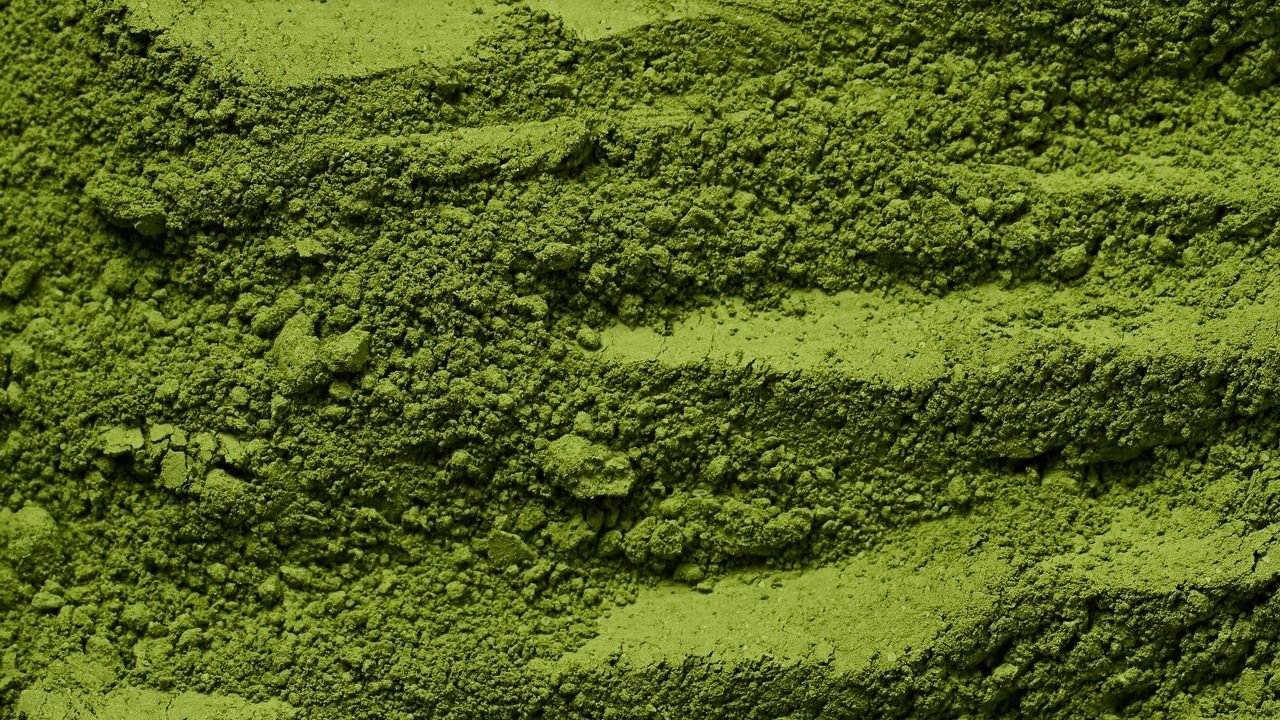From skincare to mithai to the everyday latte, matcha is in everything, everywhere. Made from tencha, a shade-grown Japanese green tea leaf, matcha is finely ground into a vibrant green powder. Its taste is vegetal, sweet, and umami, and its colour makes it eminently photographable.
Images by Morihan/ Kyoeiseicha Co., Ltd.
Across India and the world, matcha is now the accessory of choice for Gen Z (and some millennials), a wellness darling that fuels everything from “clean living” to matcha raves. According to Forbes, the matcha market is expected to hit about $5 billion by 2028, an expected growth of more than 10% since 2023. But while the world sips its matcha, the reality in Japan is different. Tencha harvests are shrinking, farmers are stretched thin and shortage is very real. The Kyoto region, which accounts for about 25% of Japan’s tencha production, saw particularly weak yields in the recent harvest due to severe heatwaves.
So what exactly happens when a centuries-old tea, once meant to be limited to intricate ceremonies, becomes the poster child for global cafe culture? To find out, we asked the people closest to the leaf: tea masters, farmers and producers.
The tea on matcha
Fuyuko tea ceremonyHidetoshi Kumagai
“Matcha originated in China and was nurtured in Japan within the framework of the tea ceremony,” says Fuyuko Kobori, the first woman and the 17th generation to serve as Iemoto (grand master) of the Kobori Enshu, a Kyoto-based school of tea. For Tokyo-based tea ritual master, Yoshitsugu Nagano, matcha’s current popularity is a reminder that when culture travels, it inevitably changes, and that’s not always a bad thing. “Ten years ago, almost nobody outside Japan knew about matcha. Now I enjoy a good soy-milk matcha latte, and the occasional matcha ice cream,” he laughs.



